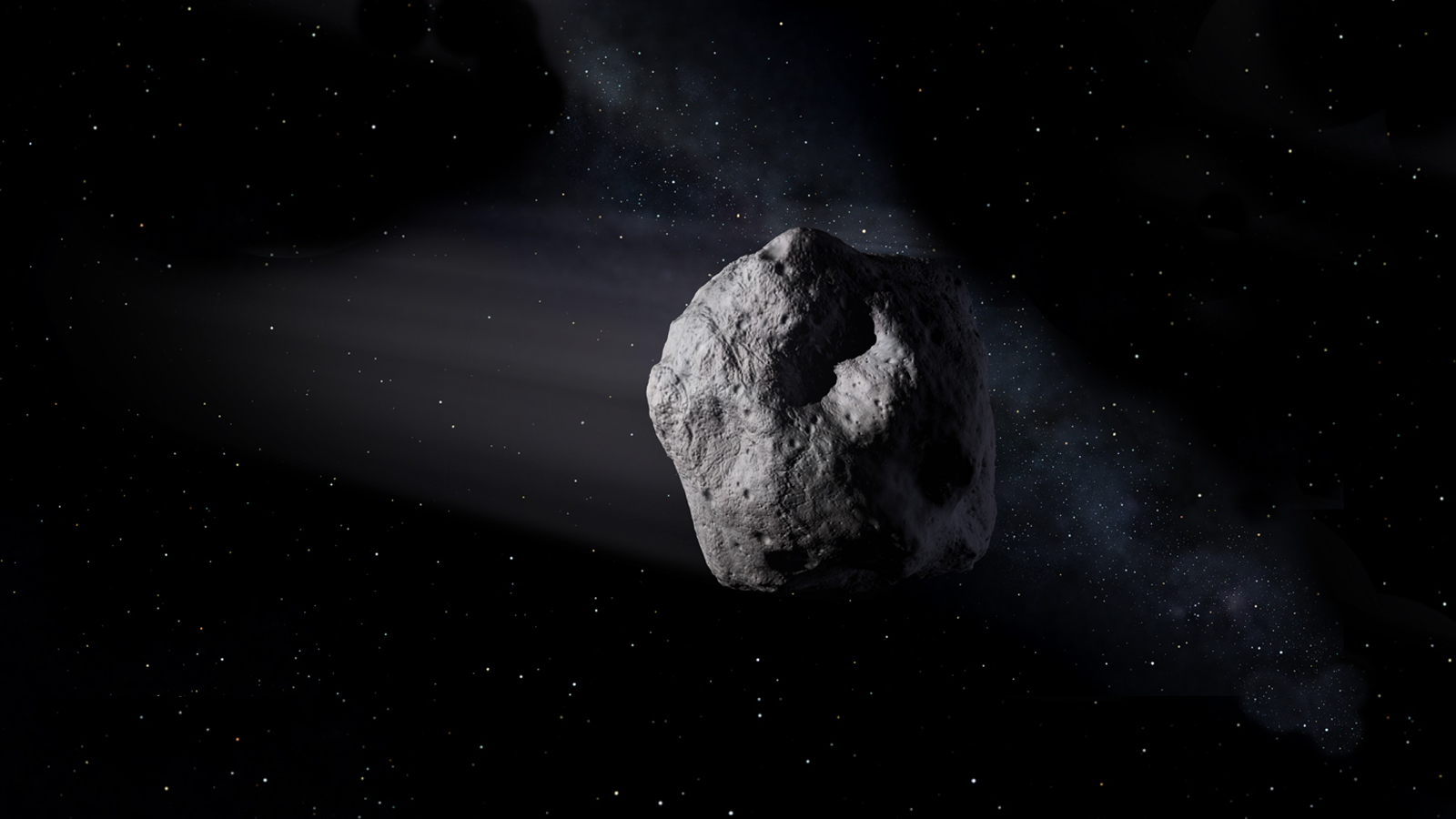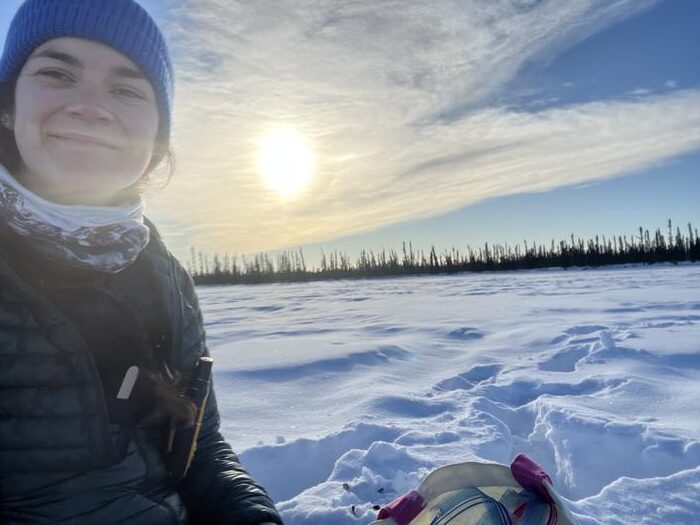NASA will mark the worldwide observance of International Asteroid Day at 9 a.m. PDT (noon EDT) on Friday, June 30, 2017 with a special television program featuring the agency’s Planetary Defense Coordination Office and other projects working to find and study near-Earth objects (NEOs). There are more than 16,000 asteroids in the vicinity, according to NASA.
The program will air on NASA Television and the program will show how NASA researchers find, track and characterize NEOs — asteroids and comets that come within the vicinity of Earth’s orbit and could pose an impact hazard to Earth. NASA is also working to get the planet prepared to respond to a potential impact threat.
The program will include segments on NASA’s NEO projects from multiple locations, including the agency’s Headquarters in Washington and Jet Propulsion Laboratory in Pasadena, California. Viewers may submit questions during the program using #AskNASA.
The broadcast will be part of a 24-hour Asteroid Day program from Broadcasting Center Europe, beginning at 6 p.m. PDT (9 p.m. June 29 EDT, 1 a.m. June 30 GMT) and streaming online at:
https://asteroidday.org/live
“At NASA, every day is an asteroid day, but we value the international collaboration for a designated day to call attention to the importance of detecting and tracking hazardous asteroids,” said Planetary Defense Officer Lindley Johnson at NASA Headquarters.
Just two days ago an asteroid flew by Earth on Wednesday at a distance of about 1.1 million miles (1.8 million km), or about 4.6 times the distance from Earth to the moon. Though it was a safer distance from Earth, the encounter is the closest ever any celestial object will have come to Earth in the past 400 years and in the next 500 years, said NASA.
However, the closest flyby of the asteroid has raised concerns among the space scientists about the possibility of a threat from a stray asteroid hitting the Earth and leading to extinction of one-third of the population on the planet, leaving behind huge dent on Earth’s atmosphere and topography.
Ironic but the world is observing the International Asteroid Day on Friday and the closest flyby will set in motion debate over future of mankind on the Earth.
On this day, June 30, 1908, an object measuring 40-meters exploded over Tunguska, Siberia, flattening about 80 million trees over 2,000 sparsely populated square km, that may measure bigger than London. The day is marked as International Asteroid Day.
Though in its 4.5-billion-year history, Earth has been repeatedly pummeled by space rocks which could have annihilated many species and caused huge eruption of ocean waters, scientists are concerned over estimating the possibility and its impact.
“Sooner or later we will get … a minor or major impact,” said Rolf Densing, who heads the European Space Operations Centre (ESOC) in Darmstadt, Germany. “The risk that Earth will get hit in a devastating event one day is very high.”
Among the possible ways of intercepting an approaching asteroid could incldue nuking it or using lasers to vaporize it, while some researchers have proposed a space “tractor” to drag it off course or bumping it into a new direction.
While the smallest objects enter Earth’s atmosphere but get burnt up as shooting stars, medium sized 10-km sized rocks could play havoc on Earth as similar one was believed to have made the dinosaurs extinct.
The largest occur once every 100 million years, researchers said and if it ever happens, it could mean the end of human civilization, they warn.


